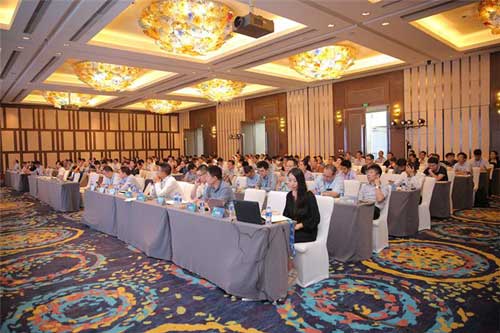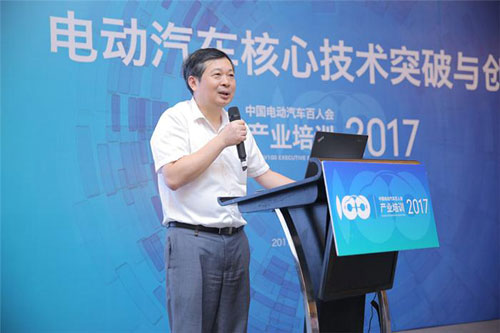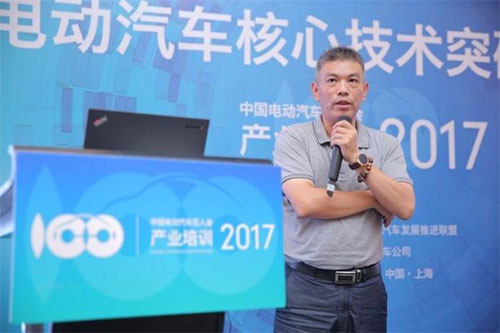On September 26-27, the "China Electric Vehicles 100 People" event held an industry training session in Shanghai Jiading Automobile City. The theme of this session was “Technology Breakthrough and Innovation of Electric Vehicles.†Experts like Huang Xuejie, a researcher and doctoral supervisor at the Institute of Physics, Chinese Academy of Sciences, and Ai Xinping, professor and doctoral supervisor at Wuhan University’s School of Chemistry and Molecular Sciences, provided detailed insights into power batteries, key components, core technologies, and future battery development paths.

Industry leaders such as Zhou Peng, General Manager of Huasheng (Hefei) Power Technology Co., Ltd., Zhang Zhouyun, Deputy General Manager of Shanghai Electric Drive Co., Ltd., and other professionals shared their experiences on electric drive systems and cutting-edge technologies. As the core component of electric vehicles, power batteries play a crucial role in determining vehicle performance, including speed and driving range. Therefore, continuous research and innovation in battery technology are essential for the industry.
One of the key topics discussed was whether lithium iron phosphate (LFP) batteries are becoming obsolete. According to Huang Xuejie, there are two main technical routes for power battery development in China: commercial vehicles predominantly use LFP batteries due to their high energy density, safety, and cost-effectiveness, while passenger cars tend to favor ternary material batteries for higher specific energy.

Despite the advantages of NCA (Nickel-Cobalt-Aluminum) batteries, such as high specific energy and long cycle life, they also have drawbacks, including poor safety and lower stability when grouped. In comparison, LFP batteries offer better safety, longer cycle life, and decreasing costs, making them a popular choice in the market.
Ai Xinping emphasized that blindly increasing battery weight to extend driving range is not a sustainable solution. Instead, the focus should be on improving specific energy while ensuring safety and efficiency. Both experts agree that lithium-ion batteries remain the primary direction for future development, with LFP playing a significant role in commercial and energy storage applications.
Huang Xuejie suggested that the next step in LFP battery development lies in optimizing the anode materials rather than the cathode itself. He mentioned that materials like graphene and silicon-carbon composites could enhance charging speed and energy density. Ai Xinping added that solving issues like low coulombic efficiency in silicon anodes and voltage decay in lithium-rich manganese-based materials would be key to achieving higher energy densities, potentially exceeding 400 Wh/kg.

Ai Xinping also highlighted the importance of developing self-heating control technology and all-solid-state batteries to improve safety. He believes that solid-state batteries will be the future, and only LFP batteries can meet the requirements for oxidation resistance and low-temperature performance. With ongoing advancements, LFP batteries continue to show strong potential in both commercial and energy storage applications.
Overall, while various battery technologies are being explored, lithium iron phosphate remains a reliable and widely used option, especially given its safety, durability, and cost advantages. As the electric vehicle industry continues to evolve, the role of LFP batteries is expected to grow even further.
Digital Printing Membrane Switch
Digital Printing Membrane Switch,Embossed Tactile Membrane Switch,Membrane Switch Panel,Membrane Tactile Keypad
CIXI MEMBRANE SWITCH FACTORY , https://www.cnjunma.com